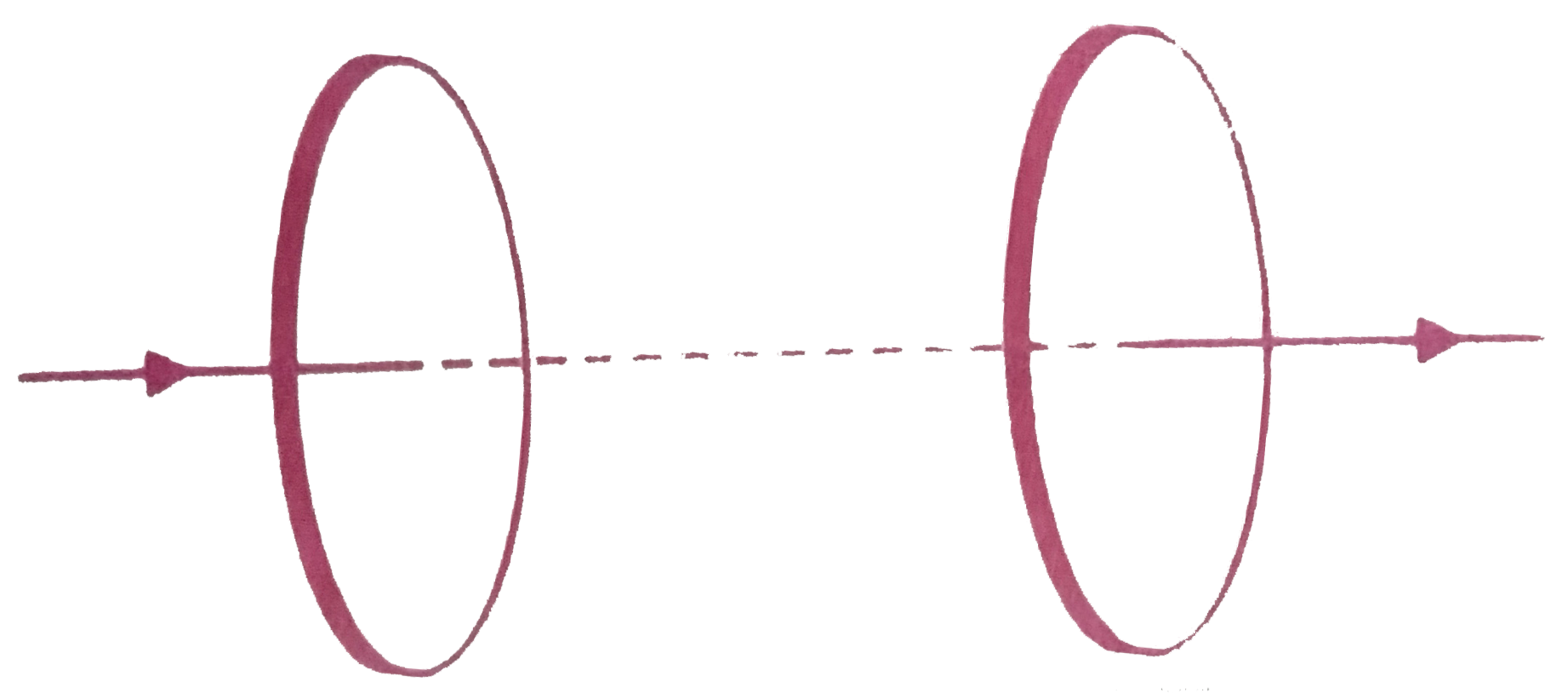Text Solution
Verified by Experts
|
Topper's Solved these Questions
ELECTROMAGNETIC WAVES
PRADEEP|Exercise (I) Conceptual problems|1 VideosView PlaylistELECTROMAGNETIC WAVES
PRADEEP|Exercise Conceptual problems|3 VideosView PlaylistELECTROMAGNETIC WAVES
PRADEEP|Exercise II Focus multiple choice question|5 VideosView PlaylistELECTROMAGNETIC INDUCTION & ALTERNATING CURRENT
PRADEEP|Exercise Multiple Choice Questions|1 VideosView PlaylistELECTRONIC DEVICES
PRADEEP|Exercise Fill in the Blanks|1 VideosView Playlist
Similar Questions
Explore conceptually related problems
Knowledge Check
Similar Questions
Explore conceptually related problems
PRADEEP-ELECTROMAGNETIC WAVES-Solved Example
- (a) Fig shows a capacitor made of two circular plates each of radius 1...
Text Solution
|
Playing Now - (a) Use the Bio-Savart law to determine the magnetic field due to cond...
Text Solution
|
Play - A parallel plate capacitor of area 50cm^(2) and plate separation 3.0 m...
03:48
|
Play - A parallel capacitor made of circular plates radius 10.0 cm has a capa...
06:09
|
Play
